
|
I tend to think the natural world has all been documented by pioneering scientists and traveling adventurers and that there’s nothing new to uncover. It’s exciting to learn that this is not the case and that every year research teams are still unearthing amazing new animal species and plant life. Here are ten of the most notable living species discovered in 2014. |
|
1. A brightly colored Outback newcomer |
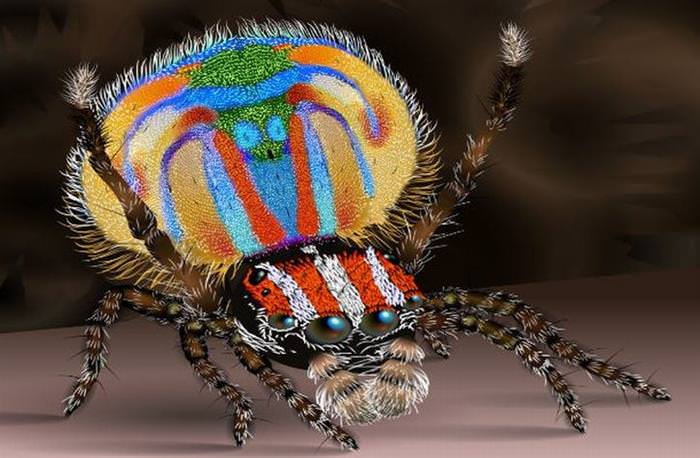 |
|
Scientific name: Maratus pardus This colorful peacock species spider was found in Western Australia and was named Pardus (Latin for leopard) because of its leopard-like spots. It’s also as a tribute to the cat-like movements it makes. |
|
2. An Amazonian toupee monkey |
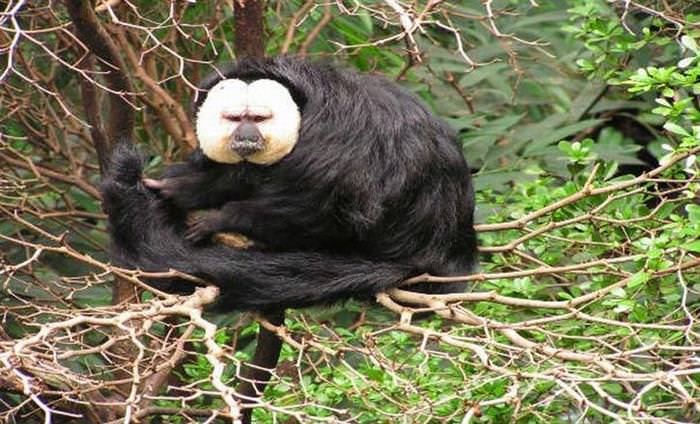 |
|
Scientific name: Pithecia isabela Called Isabel’s saki, these primates look like they’re wearing bad toupees. They were discovered by Laura Marsh, the co-founder of the Global Conservation Institute. These fruit-eating monkeys are acrobatic, live in trees and play an essential role in spreading seeds across the Amazon. |
|
3. Peruvian spider mystery |
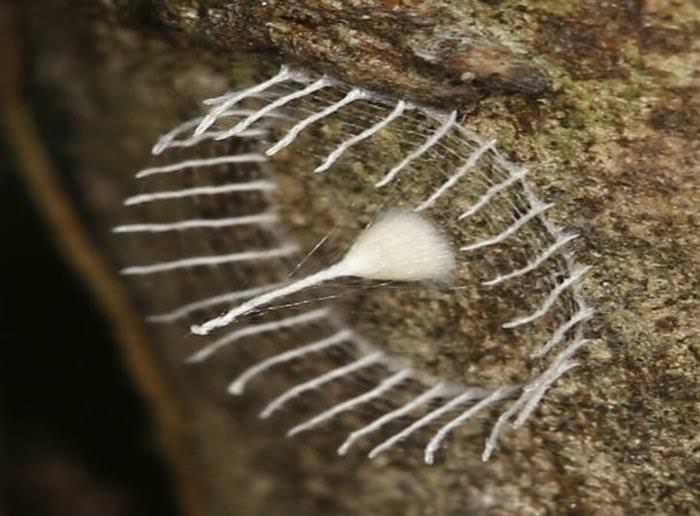 |
|
This discovery remains a mystery. Graduate student Troy Alexander discovered a strange web formation under a tarp, while volunteering in the Peruvian Amazon. This discovery has stumped experts and after much research, scientists narrowed it down to being web towers for spider eggs, however, they’re not certain about the species or why there is a picket-fence circle. |
|
4. Cryptic Middle Eastern owl |
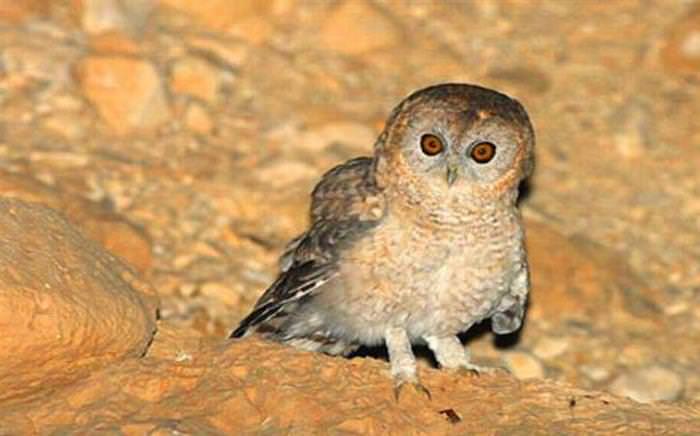 |
|
Scientific name: Strix hadaromi The Desert Tawny owl lives in the deserts of Israel, Egypt, Saudi Arabia, Jordan, Oman and Yemen. This cryptic species was described by a team of ornithologists in Bern, Switzerland, led by Dr. Manuel Schweizer. The scientific name pays respect to Israeli ornithologist Hadoram Shirihai. |
|
5. Atlantic Coast Leopard Frog: the coughing frog |
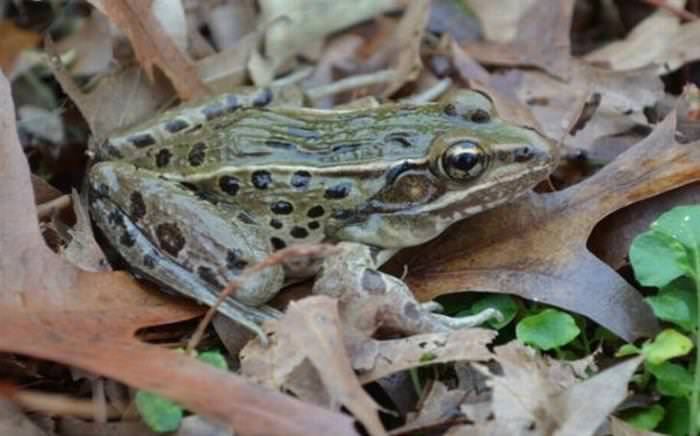 |
|
Scientific Name: Rana kauffeldi This American frog, found in the northeast extending from Connecticut until North Carolina, is distinctive for its cough-sounding croak. This frog is 2 ¼ to 2 ¾ inches big and was named in honor of Carl Kauffield, an amphibian expert, who suggested the small frog existed in 1937. |
|
6. Meet the Olinguito |
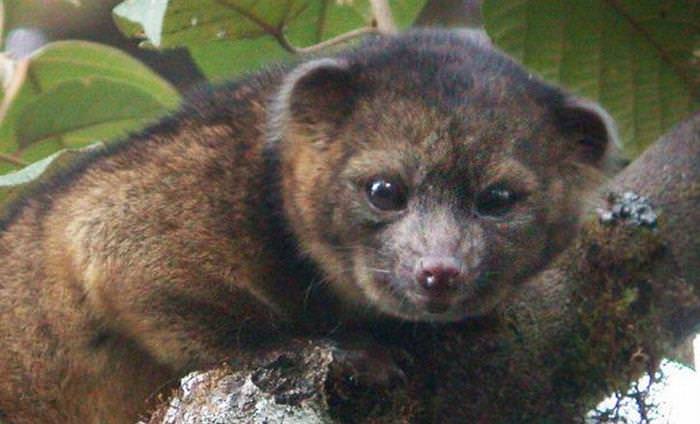 |
|
This carnivorous mammal belongs to the raccoon family and looks like a teddy bear crossed with a slinky cat. The olinguito is a secretive animal who lives in the trees of Andes mountain forests, in Colombia and Ecuador. This discovery is quite a find for the scientific community: the olinguito is the first new carnivorous mammal discovered in the Western Hemisphere in the last 35 years. |
|
7. A spelunking snail |
 |
|
Scientific name: Zospeum tholussum Technically this small snail was discovered at the end of 2013 however, the scientific community only made headways about its habits in 2014. This 2mm tall snail is transparent with a dome-like shell and was found down a 3000-feet (914 meter) cave in Croatia. It is believed to only move a few millimeters per week, breaking land-creep records. |
|
8. Malagasy gecko |
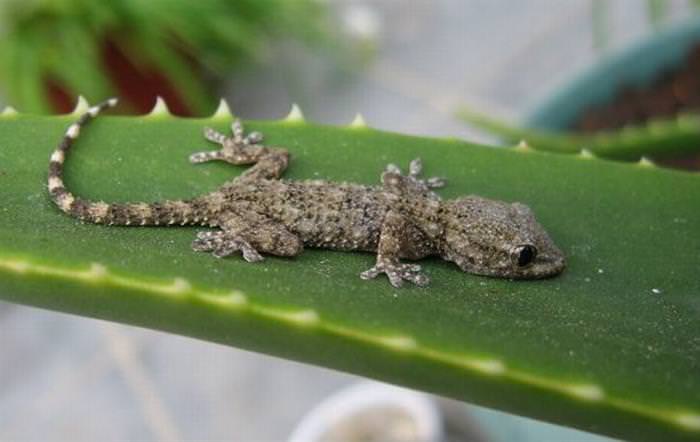 |
|
Scientific name: Paroedura hordiesi This nocturnal gecko was discovered in northern Madagascar hiding out in an old French fort. A similar species was detected in 2004, but new genetic analysis shows that this gecko species is distinctive. This gecko has adapted well to its surroundings and masterfully camouflages itself among the fortress’ ruins. |
|
9. Antarctica has life |
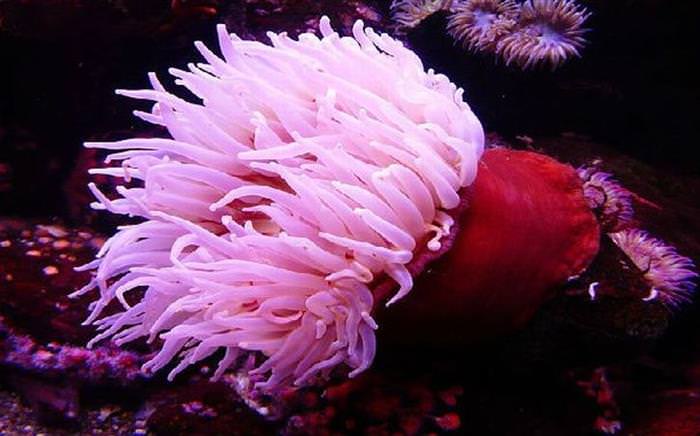 |
|
Researchers discovered something amazing during a trip to the icy shores of Antarctica: that there is life inside the ice. The Edwardsiella andrillae, a new form of sea anemone, thrives in extremely cold climates and loves living inside the sea ice. |
|
10. Australian humpback dolphins |
 |
|
Scientific name: Sousa Sahulensis There are Sousa humpback dolphins along the coasts of Africa and Asia but only recently have scientists determined that the Sousa dolphins off the coast of Australia are a separate species. ‘Sahulensis’ is named after the Sahul Shelf, between northern Australia and southern New Guinea where the dolphins live. |
| H/T: list25.com |